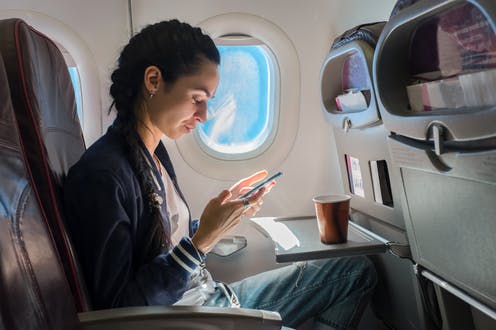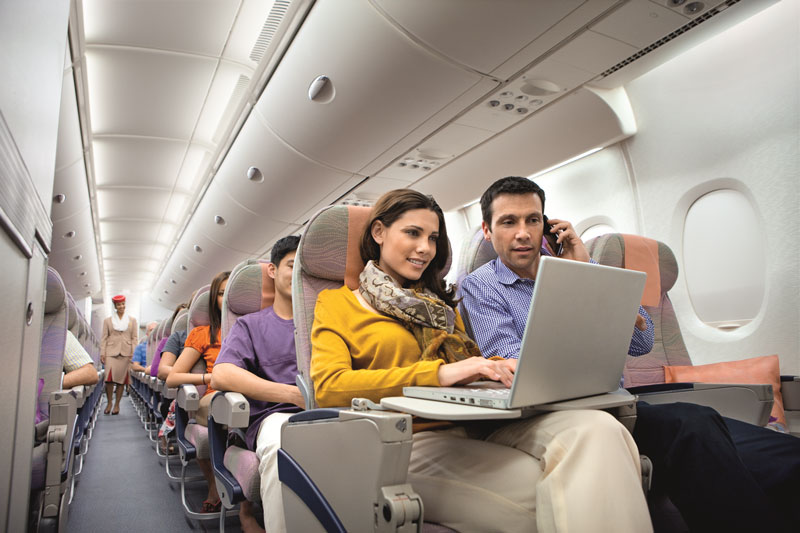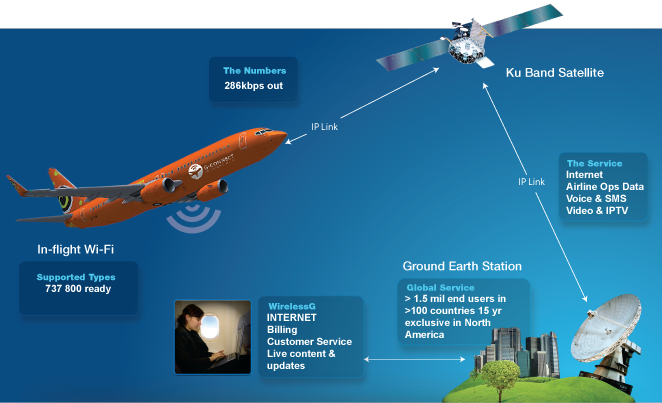What Technology will be used to provide In-flight Wi-Fi?
We know that the Indian Telecom Commission has given a nod to allow access to the internet and phone calls whilst in an airplane. The Telecom Regulatory Authority of India (TRAI) accepted all the recommendations and the procedure to initialize the new service which will start soon and come into play within a couple of months. Now a matter of fact that is unknown to a number of people is that how will airplanes guarantee access to the internet and what will be the technology behind it. Let us know it all in this article.

Do you have similar website/ Product?
Show in this page just for only
$2 (for a month)

0/60
0/180
What Technology will be used to provide In-flight Wi-Fi?
We know that the Indian Telecom Commission has given a nod to allow access to internet and phone calls whilst in an airplane. The Telecom Regulatory Authority of India (TRAI) accepted all the recommendations and the procedure to initialize the new service which will start soon and come into play within a couple of months.
Now a matter of fact that is unknown to a number of people is that how will airplanes guarantee access to internet and what will be the technology behind it. Let us know it all in this article.

The old time law that, ?No person shall use any electronic device which intentionally transmits radio signals like mobile phones, amateur radio receivers etc at all times while on board an aircraft for the purpose of flight", is now a history.
India will use the geostationary satellite to provide internet on flight over an altitude of 3,000m in Indian Airspace. Satellite Internet access is Internet access provided through communications satellites. Modern consumer grade satellite Internet service is typically provided to individual users through geostationary satellites that can offer relatively high data speeds.

There are two types of In-flight Wi-Fi - tower-based and satellite-based.
Tower-based services rely on a fast wireless connection to towers on the ground, not unlike how cellular networks function. As such, they only work over, or near, land. It uses a network of ground cell towers across the continental (therefore does not work over water). These towers' cells are much larger than those of the typical cell towers used for phones. It uses a version of CDMA; antennas are on the belly of the airplane which looks like small fins
As the airplane flies, the connection hands off from one tower to the next just like your phone does when you're driving. Users don't notice any interruption.
Gogo is the top provider of tower based service.

Satellite-based services rely on a connection to one of a number of satellites orbiting the earth, which then relay the data to a ground station. They can work anywhere (but might be turned off when flying over certain sensitive countries). Unlike air-to-ground, signals from the airplane go into space to an orbiting satellite and then down to the ground. These satellites are usually in geostationary orbit, 22,300 miles up. The airplane?s antenna is on the top of the fuselage, under a bubble-shaped radome.
There are 3 different levels for performance-
L-band: pretty slow, max 422kbps per channel per airplane
Ku-band (e.g. Panasonic, Global Eagle, and Gogo): tops out at around 20-40Mbps per airplane. Speeds depend on how many airplanes are in the satellite's spot beam
Ka-band (near future, satellites launching soon): promises even higher speeds

New constellations of low earth orbit (LEO) satellites providing lower latency high bandwidth connections are in development since 2015, e.g. by SpaceX.
Internet on flights was first introduced by US in 2008.
CONTINUE READING
Technology
India
Science
Current Affairs
Sandeep Semwal
Content Writer
